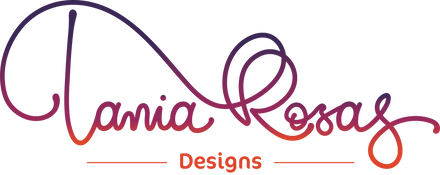How to Animate a Flying Stork (and Loop It!)
Hey aspiring animators! Ever wondered how those smooth, continuous animations are made? In this tutorial, I'm going to walk you through my process for animating an adorable flying stork carrying a baby, and best of all, you'll learn the magic behind creating seamless animation loops!
Whether you're just starting your animation journey or looking to refine your skills, this video is packed with tips and tricks to help you bring your characters to life. We'll be working in Adobe Fresco, but the principles we cover can be applied to many animation software.
From Idea to Animated Flight: The Stork's Journey
Every animation starts with an idea! For this piece, inspired by Mother's Day and the classic movie Dumbo, I decided on a stork gracefully carrying a baby. My process often begins with a loose sketch; sometimes, just starting to draw sparks the best ideas.
1. Reference is Your Best Friend:
When tackling something new, like a stork, always grab some references! They're invaluable for getting those details just right.
2. Four Frames for Fluid Motion:
You might be surprised, but a super-fast movement like a bird's wing flap doesn't need a ton of frames. I break the stork's flight down into just four key poses:
- Wing up
- Wing up, slightly stretched (this is the animation principle "anticipation"!)
- Wing down
- Wing down, stretched (anticipation again, ready to go back up!)
Believe it or not, too many frames can actually make fast actions look choppy.

3. Maintaining Consistency:
Here's a pro tip: mark a consistent starting point for the wing on the bird's body. This keeps your animation smooth, even as the body moves. I use this trick for the baby pouch and beak too!
Adding Life with Secondary Movements
To make your stork feel truly alive, don't forget the subtle secondary movements:
- Torso Wiggle: The bird's body isn't static; it gently moves up and down with each wing flap. Try mimicking the motion yourself to feel how it works!
- Baby Pouch Bounce: The pouch subtly swings, angled left when the bird goes up and right when it goes down – it's a lovely reaction to the main movement.
- Feet and Neck: Even the feet have a slight motion, and the neck subtly adjusts with the baby's weight.
- Blink and You'll Miss It: A blink every few wing flaps adds that touch of realism and personality.
The Magic of Looping Animations
The key to a perfect loop? Your last frame seamlessly transitions into your first frame. There should be no jarring jump! A handy trick is to duplicate your first frame and place it at the very end to help you adjust your final frame for that buttery-smooth connection.
We also create a looping background of clouds to give the illusion of speed. The clouds move across the screen and then magically reappear on the other side, maintaining a consistent height and even spacing for a flawless loop.

Bringing it to Life with Colour and Polish
Once the animation frames are set, it's time to add polish:
- I use vector brushes for a clean, soft look.
- Keep different parts on separate layers for easy colouring and adjustments.
- I opted for off-white and dark grey instead of stark black and white for a softer contrast that looks great.
- Add shading on a clipped layer for each frame using a soft round brush – it adds so much depth!
- You'll see me redesigning the baby pouch a bit to make it look more naturally held by the stork.
- For the baby's blanket, I chose pink, blue, and yellow to be inclusive of all genders.
Ready to see the finished animation? Check out the video below!
I hope this tutorial sparks your animation passion! Remember, practice makes perfect, and every frame brings you closer to your creative vision.
Want to use this animation in your own projects? The finished animation of the flying stork with the baby is available for licensing! Visit my licensing page!
Happy animating!


